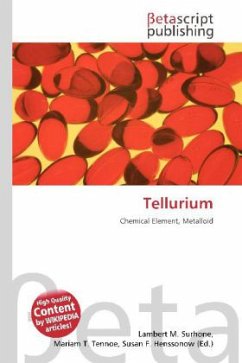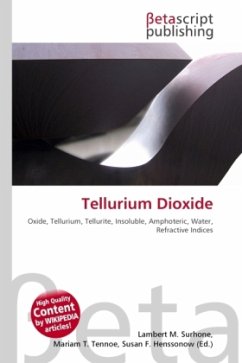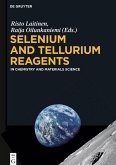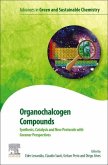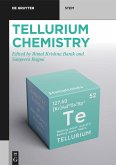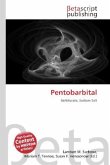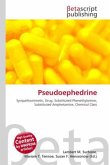Please note that the content of this book primarily consists of articles available from Wikipedia or other free sources online. Tellurium (pronounced /t l ri m, t -/ te-LOOR-ee- m) is a chemical element that has the symbol Te and atomic number 52. A brittle, mildly toxic, silver-white metalloid which looks similar to tin, tellurium is chemically related to selenium and sulfur. Tellurium was discovered in 1782 by Franz-Joseph Müller von Reichenstein in a mineral containing gold and tellurium. Martin Heinrich Klaproth named the new element in 1798 after the Latin word for "earth", tellus. Although several gold deposits contain tellurium minerals, the main commercial source for tellurium is as a by-product of copper and lead production. Tellurium is primarily used in alloys, foremost in steel and copper to improve machinability. Applications in solar panels and as a semiconductor material also consume a considerable fraction of tellurium production.
Bitte wählen Sie Ihr Anliegen aus.
Rechnungen
Retourenschein anfordern
Bestellstatus
Storno

